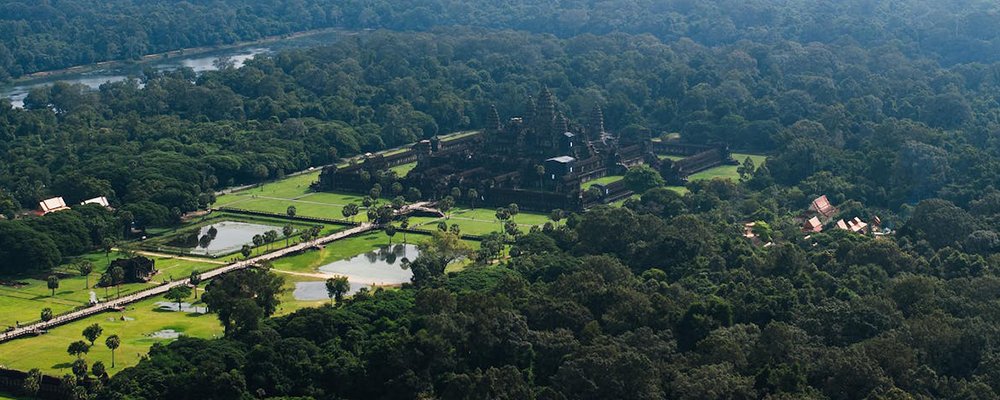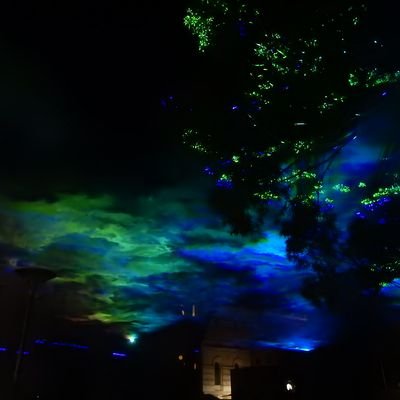Travellers casting an eye over Cambodia will naturally gravitate to Siem Reap, where Angkor Wat temple is located. While the UNESCO World Heritage Site is Cambodia's most popular tourist site, there are many other opportunities to discover. Here, in our third part on Cambodia, The Wise Traveller takes a closer look at what there is to offer in this region:
Angkor Wat
As a former powerbase for the Khmer Empire, Angkor Wat is home to many temples and regarded as the world’s largest religious monument. The complex, dating back to the 12th century, has many examples of Khmer architecture and remains a significant and tangible symbol for Cambodians.
Located in Angkor Archaeological Park, 6.3 km from Siem Reap, Angkor Wat covers an area of around 200 acres, while the temple complex covers some 21 acres. It has just beaten Pompeii in Italy to be honoured as the Eighth Wonder of the World unofficially. For photographers, it offers a fascinating opportunity for sunset and sunrise images to treasure.
Siem Reap Town
As the gateway to Angkor Wat, Siem Reap also offers an opportunity to kick back and enjoy what the town provides. Located along the Siem Reap River, the provincial capital has sightseeing opportunities, including colonial buildings, markets, museums, and delightful cultural experiences. If you are 'templed-out' after the local wat experiences, Siem Reap offers a more modern distraction with restaurants offering a fusion of cultures, great nightlife and decent shopping.

Angkor National Museum
For those on a tight schedule or who prefer to avoid the walk around Angkor Wat, there is always the Angkor National Museum. It houses 1,000 items from the ancient Khmer empire. Located on Charles de Gaulle Boulevard, tourists can browse at their own speed. Eight galleries are themed by era, religion, and royalty. Touchscreens and videos also offer an immersive experience of Khmer culture.
Angkor Silk Farm
While tourists may feel they are on a sightseeing tour of the region, they can stop off at the Angkor Silk Farm, which seeks to revive certain traditions and crafts. The farm was created by Artisans d'Angkor, a charitable business in Siem Reap that provides training in silk production and uses the silk made in their products. The two-hour tour gives an immersive approach to silk farming and production to the final product.
Apsara Dance Shows
Across Siem Reap, for those staying for a few days, the tour would not be complete without a cultural dance show. The Apsara dance shows offer several themes of traditional Khmer dance.
Banteay Srey Butterfly Centre
Banteay Srey Butterfly Centre, 25km out of Siem Reap, is a welcome break from the tourist hordes heading for the temple tourism trail. The centre offers a unique opportunity to see some of the rarest butterflies in Asia. While helping to educate tourists about the local wildlife, the centre serves to contribute to the community. It offers training local people to rear butterflies for sale locally and abroad.
The Landmine Museum and War Museum
Cambodia has suffered greatly from internal strife and regional conflict that has left the nation still recovering to this day. The nation remains one of the most heavily mined countries in the world as a result of decades of conflict, including a civil war, the brutal Khmer Rouge regime and genocide, American bombings, and Vietnamese occupation.
Dozens of civilians are still injured or killed every year by landmines and other unexploded ordnance that have been left over from all the fighting. Landmines and UXOs are found in backyards, in rice fields where people work, and on the roads where children walk to school.

That's why the Landmine Museum represents an agonising window into the realism of the country's situation. Founded in 1997 by Aki Ra to make the nation safe by removing mines from wherever he could find them, the museum showcases his efforts and educates visitors on the dangers faced every day by Cambodians.
While still on the theme of conflict, the War Museum features outdoor displays of old, rusted and broken-down military hardware from the battlefield.
Tanks, artillery pieces, rocket launchers, anti-aircraft guns, small arms, mines and bombs are all on display. There's also an old Shenyang J-6 jet fighter, an XU-814 Mil Mi-8T helicopter, and other military hardware in various conditions.
All provide a visual experience of the wars that have engulfed the nation in the last 50 years.
 Andy Probert is an experienced freelance business travel journalist and PR specialist.
Andy Probert is an experienced freelance business travel journalist and PR specialist.















